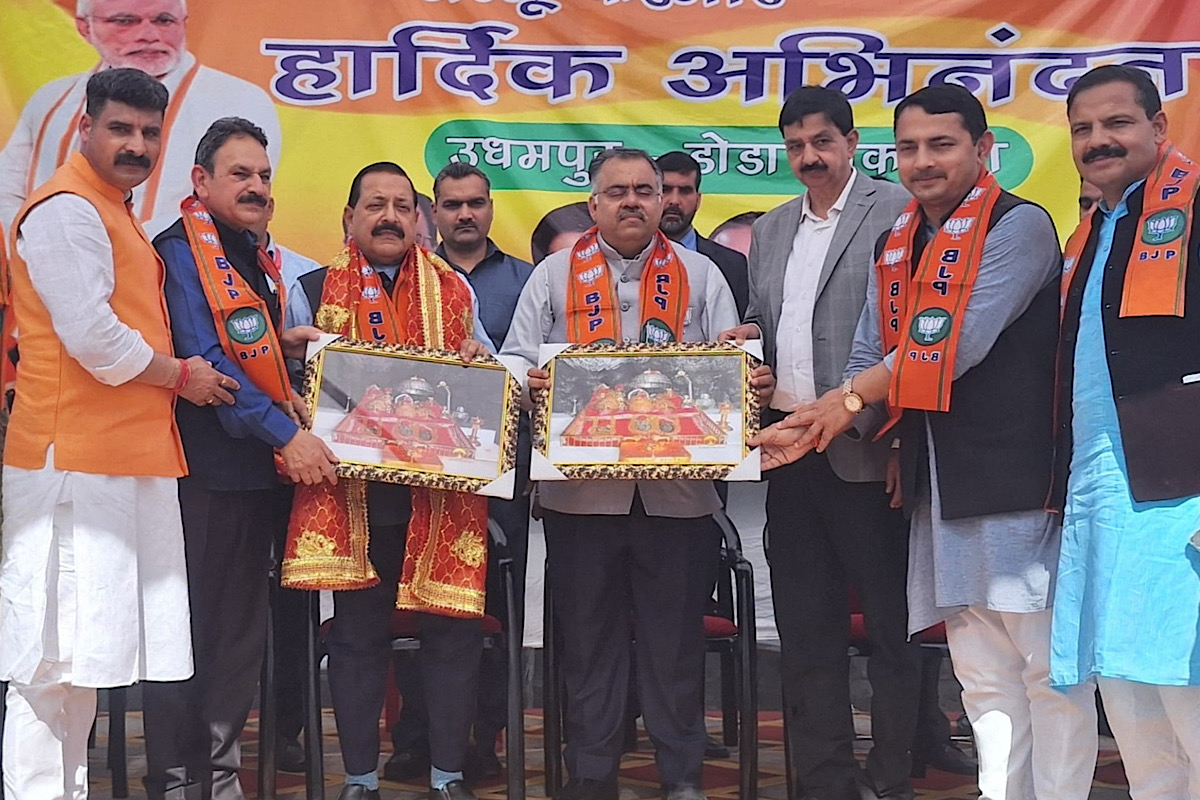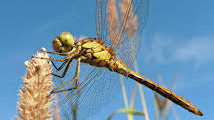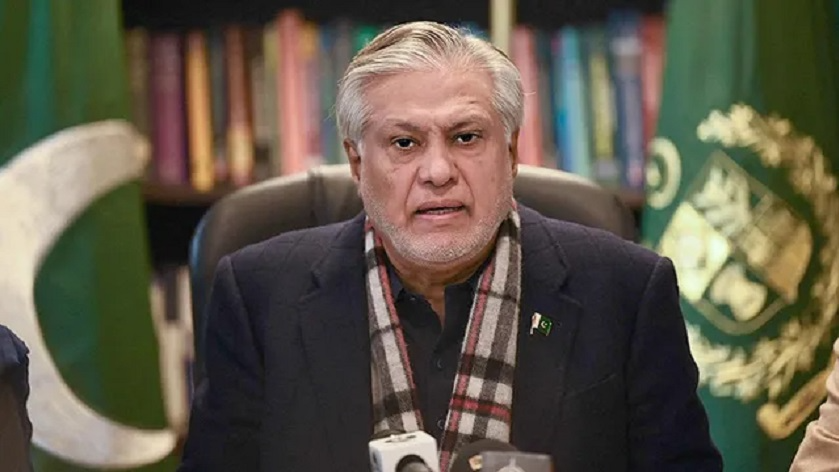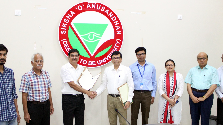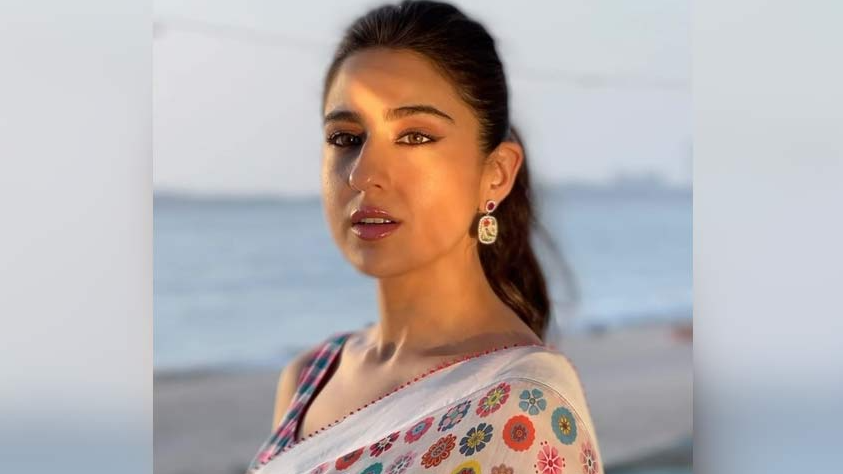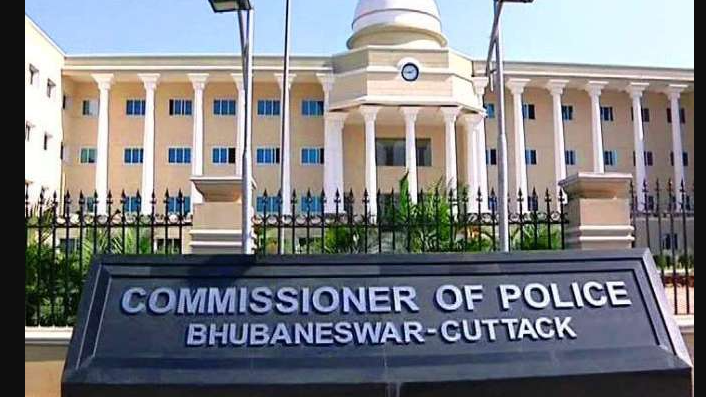Odisha has sizeable unexploited fisheries potential

There’s sizeable unexploited potential in Odisha which is part of the countrywide ‘Blue Revolution’. In order to address the gaps in fisheries infrastructure, the State should take advantage of the Fisheries and Aquaculture Infrastructure Development Fund instituted by the central government in 2018-19. Dr Manas R Das Odisha has 480 km long coastline (5.9%), 24,000 sq. kms of shelf area along the Bay of Bengal (4.5%) and 9,98,832 hectare of inland water bodies (12.1%). Therefore, fisheries, as an economic activity, comes rather ‘naturally’ to Odisha. (Figures in brackets indicate percentages to respective all-India figures) Human resources engaged in fisheries include 1,15,228 fishermen families out of which four-fifth are traditional fishermen families and 5,17,623 fisherfolk population accounting for 14% of the country total. Moreover, there are 73 landing centres and 739 fishing villages. Fisheries contribute significantly to the State’s income and employment besides nutritional betterment of the population. At the same time, it adds to the country’s exports thereby helping earn foreign exchange. Fish production in Odisha grew steadily at a Compound Annual Growth Rate (CAGR) of 10.31% between 2011-12 and 2018-19 compared to 6.45% growth recorded at the country level. Consequently, the share of Odisha in all-India fish production grew almost serially from 4.41% to 5.66% over the said period (Chart 1). {"id":57761,"width":579,"height":366,"sizeSlug":"large"} During 2017-18, among the 36 States/Union Territories, Odisha ranked 5th by inland fish (6%), 8th by marine fish (4.1%) and 4th by total fish (5.4%) production. (Figures in brackets indicate shares in respective all-India figures) Total fish production in Odisha comprises 67% fresh water fish, 12% brackish water fish and 21% marine fish. In value terms, the fisheries sector posted a growth of 12.4% in 2012-13, but declined by 1.7% in 2013-14 due to widespread damages caused to fishing equipment by the cyclone Phailin. However, the sector grew at an impressive average rate of 14% during 2014-15 to 2019-20. Chart 1 illustrates the contribution of the fisheries sector to the State’s Gross State Domestic Product (GSDP). At 2.35% in 2019-20, it increased almost continuously from 1.22% in 2011-12, i.e., almost doubled during the eight-year period, which can be said as remarkable. {"id":57762,"width":615,"height":212,"sizeSlug":"large"} The quantity of fish exported to other States and countries is on ascent. At 1.98 lakh tons in 2018-19, it registered a CAGR of nearly 11% during 2011-12 to 2018-19. Marine fish commands the major share in exports (44%) followed by brackish water fish (32%). Overseas exports alone of fish and fishery products showed significant growth both by quantity and foreign exchange earned (Chart 3). Between 2011-12 and 2017-18, while the former grew at nearly 17%, the latter at 22%. {"id":57763,"width":560,"height":315,"sizeSlug":"large"} There’s sizeable unexploited potential in Odisha which is part of the countrywide ‘Blue Revolution’. In order to address the gaps in fisheries infrastructure, the State should take advantage of the Fisheries and Aquaculture Infrastructure Development Fund instituted by the central government in 2018-19. At the State level, the (latest) Odisha Fishery Policy, 2015 offers huge opportunities for development of fresh water, brackish water and marine fisheries. Moreover, the State focuses on fresh water fish production by creating new water bodies (Matsya Pokhari Yojana), providing awards to meritorious children of fishermen and financial assistance to fisherwomen Self-Help Groups(Matsyajibi Unnayan Yojana) and providing training to fish/shrimp farmers. Domestic fish consumption has been rising, signalling growing urbanisation and health consciousness. This needs to be sustained. Value-added products like processed and frozen items, especially aimed at overseas markets and richer States, need further emphasis. In addition, there’s a felt-need to protect small and marginal fishermen by subsidizing their operations, a point which India has raised in the World Trade Organisation. Data are sourced from Odisha Economic Survey, 2019-20 and Handbook of Fisheries Statistics, 2018, Department of Fisheries, Ministry of Fisheries, Animal Husbandry and Dairying, Government of India. About the Author:Dr. Manas R. Das is a former senior economist of State Bank of India. He has over 30 years of experience as an economist in two large commercial banks. Academically, he is a gold medallist in Bachelor of Arts with Economics Honours from Utkal University, followed by Master’s in Economics from Delhi School of Economics and Doctorate in Economics from Gokhale Institute of Politics and Economics. He is also a Certified Associate of Indian Institute of Bankers. He has won several awards, besides being a prolific writer.
Latest News

Mumbai Coastal Road connected with Bandra Worl...

After SC decision on EVM, PM Modi takes on opp...
SC dismisses pleas seeking mandatory EVM-VVPAT...

T20 WC 2024: Shivam Dube gets Yuvraj's support...

BJB College struggles to regain autonomous sta...

Talcher-Cuttack bus catches fire, close shave...

Those who've made movies or series on Balakot...
Copyright © 2024 - Summa Real Media Private Limited. All Rights Reserved.










